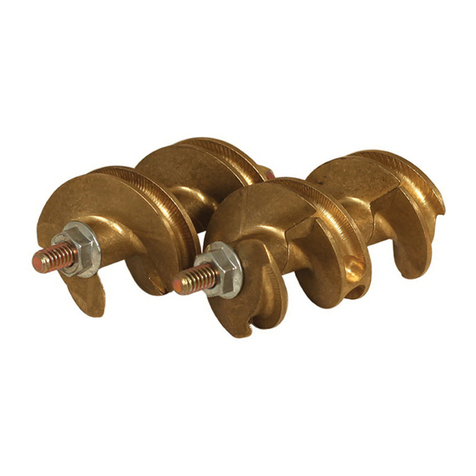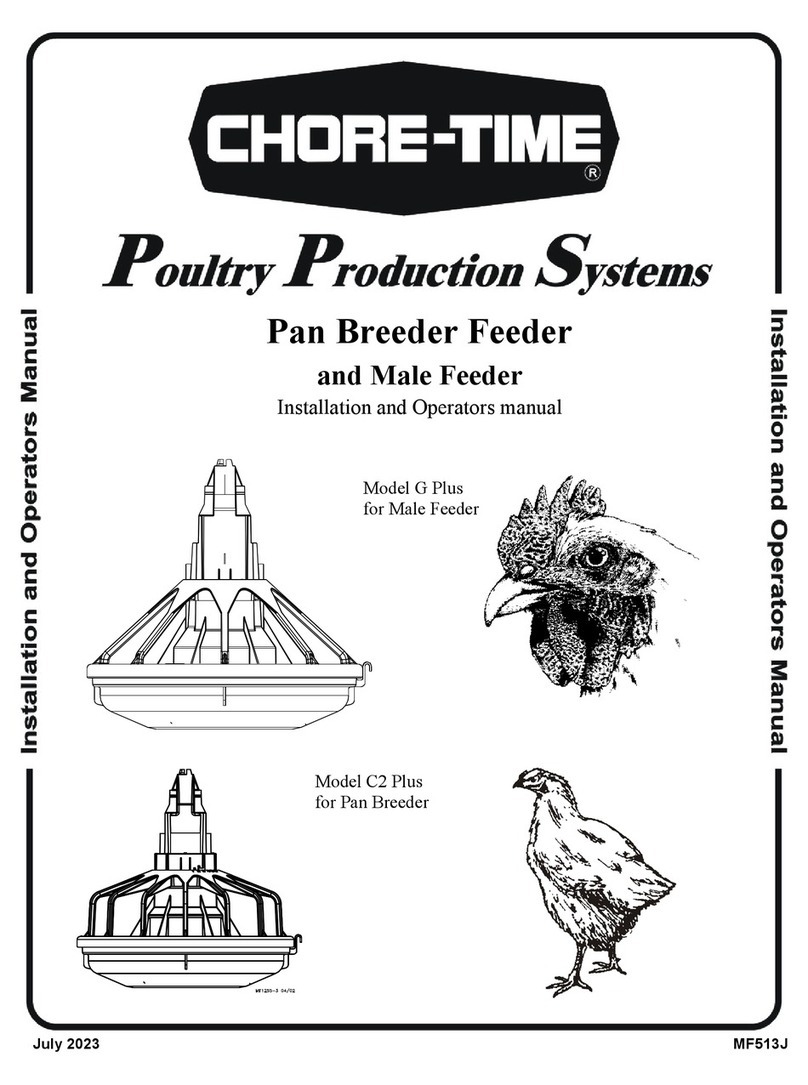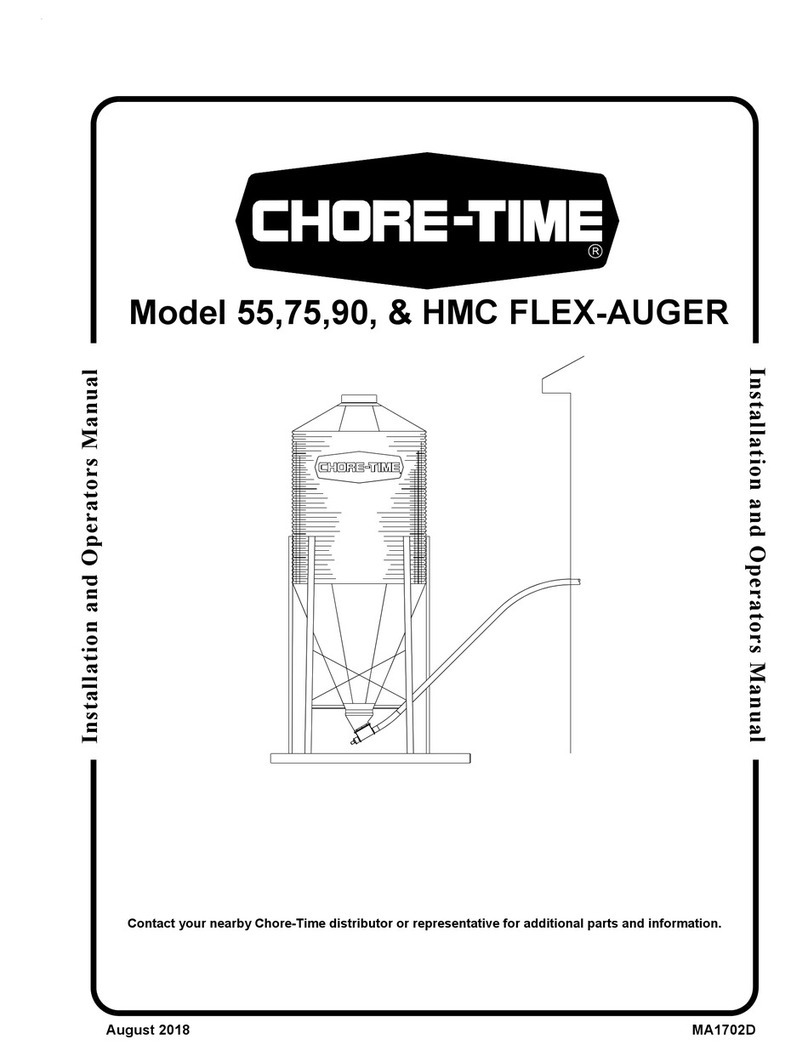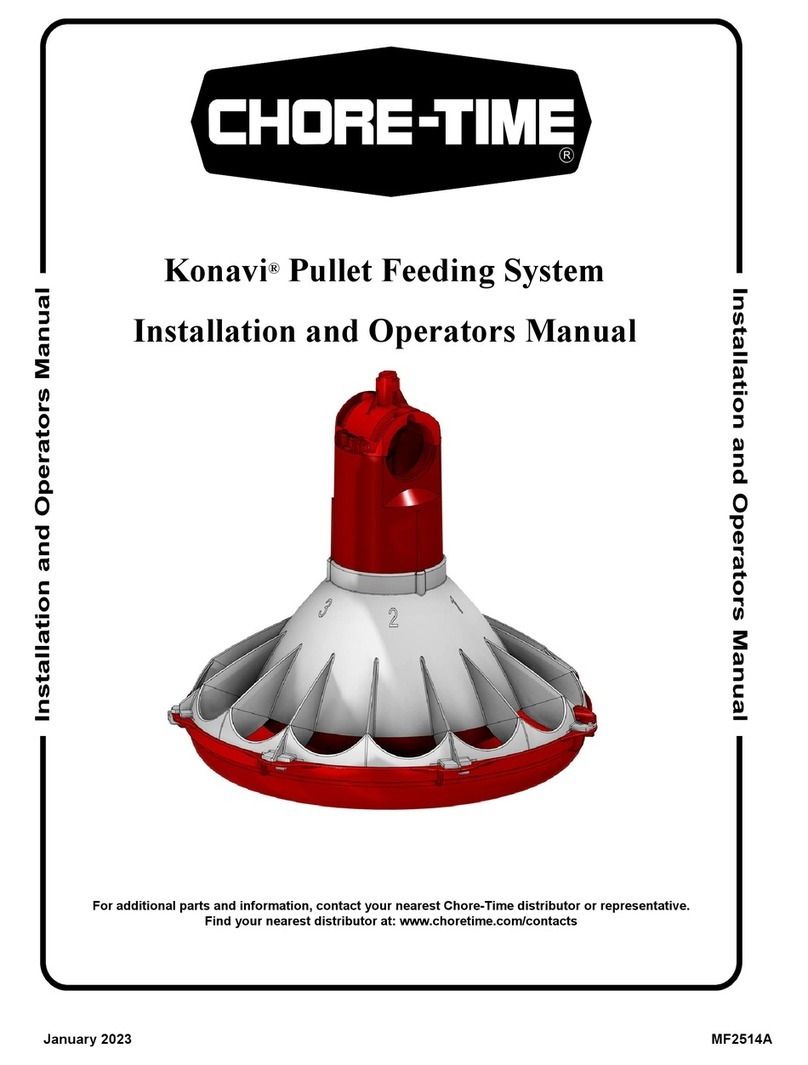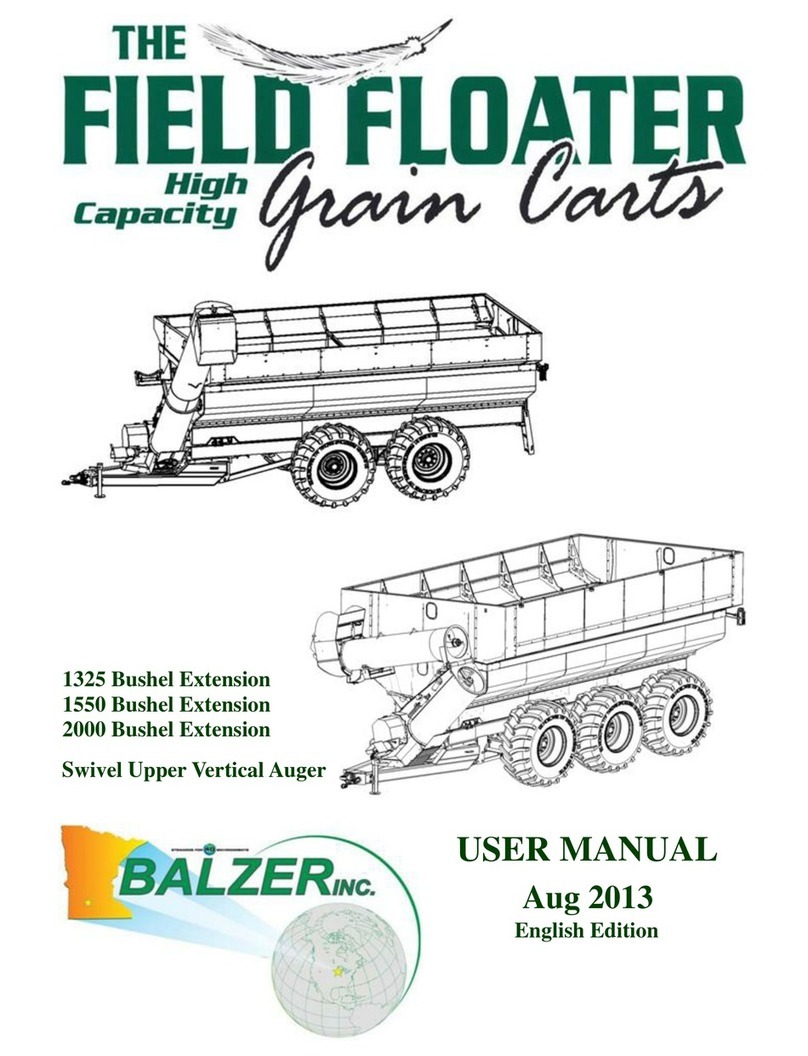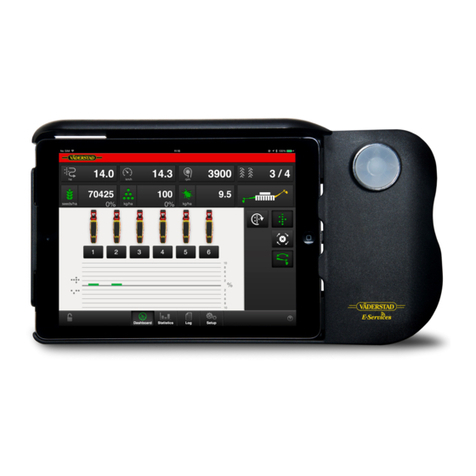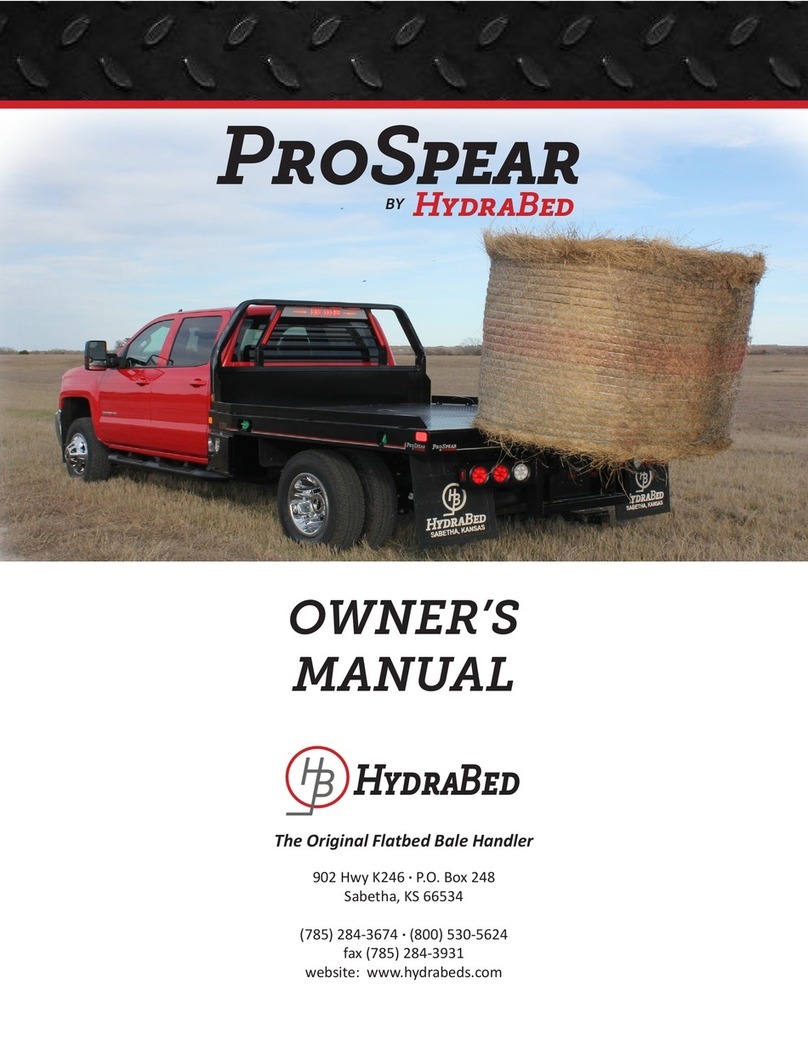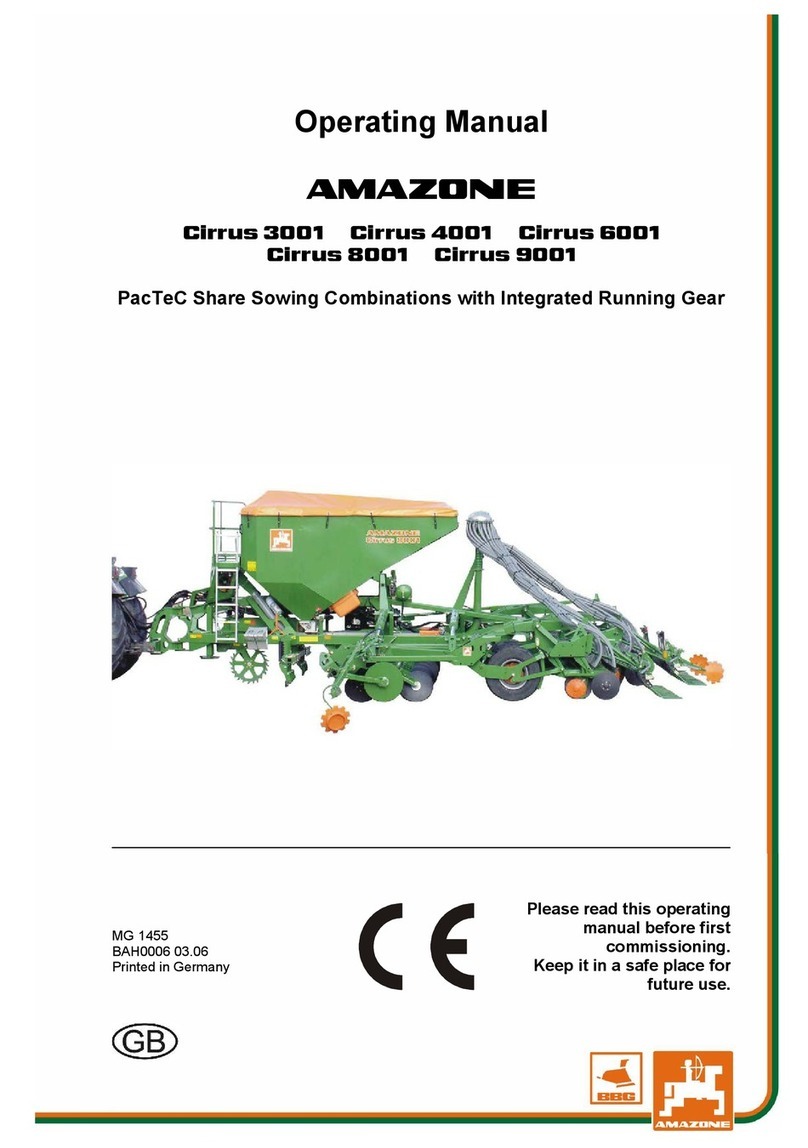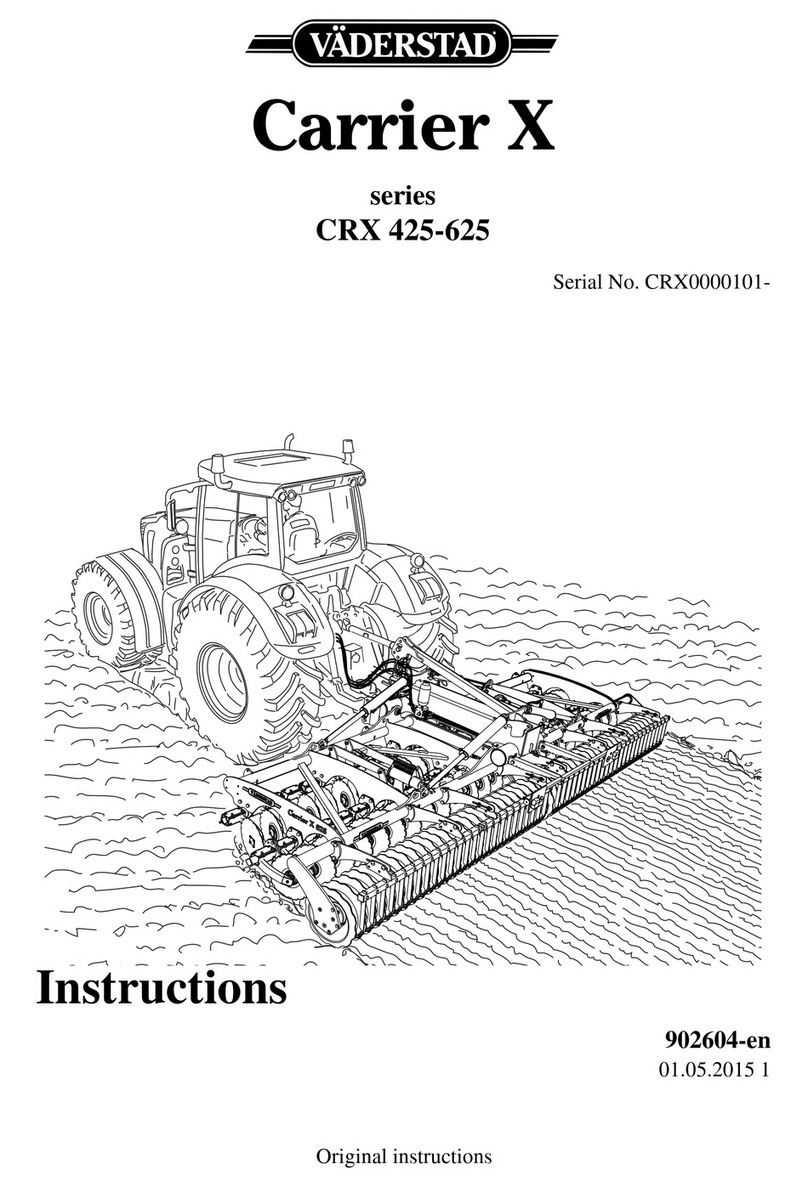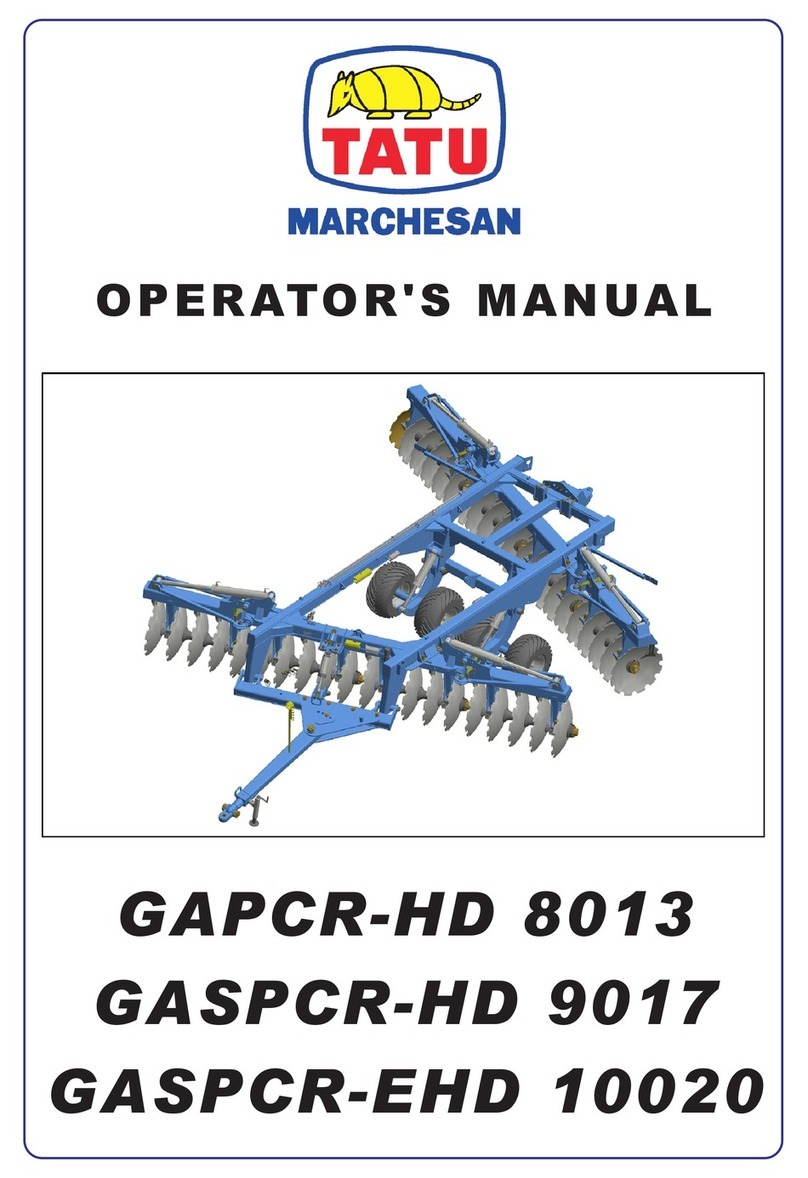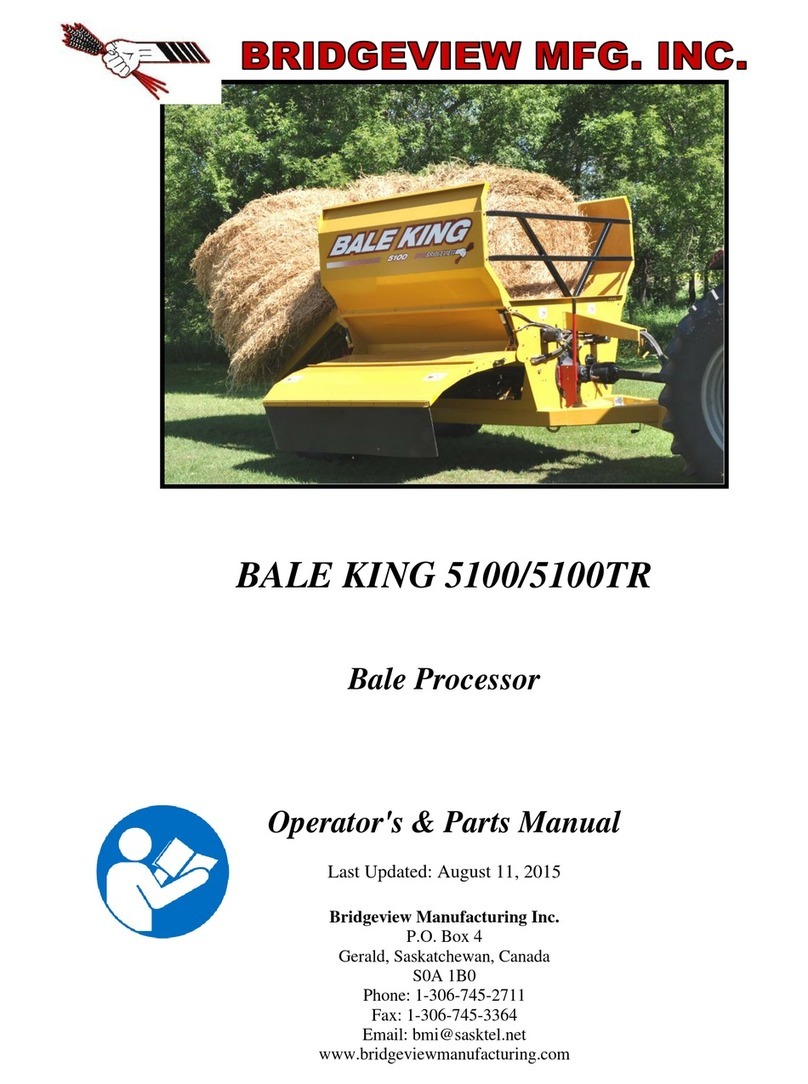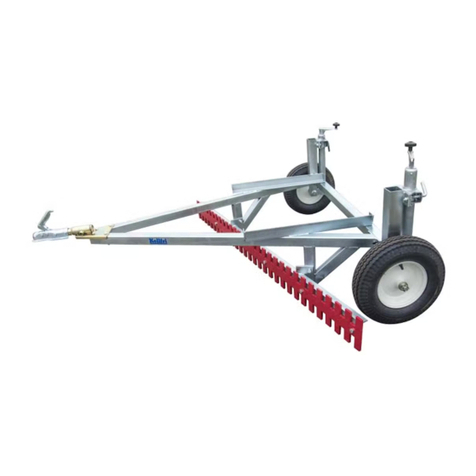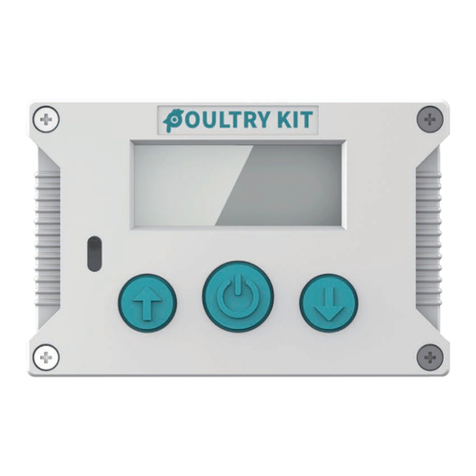Chore-Time C User manual




















This manual suits for next models
3
Table of contents
Other Chore-Time Farm Equipment manuals
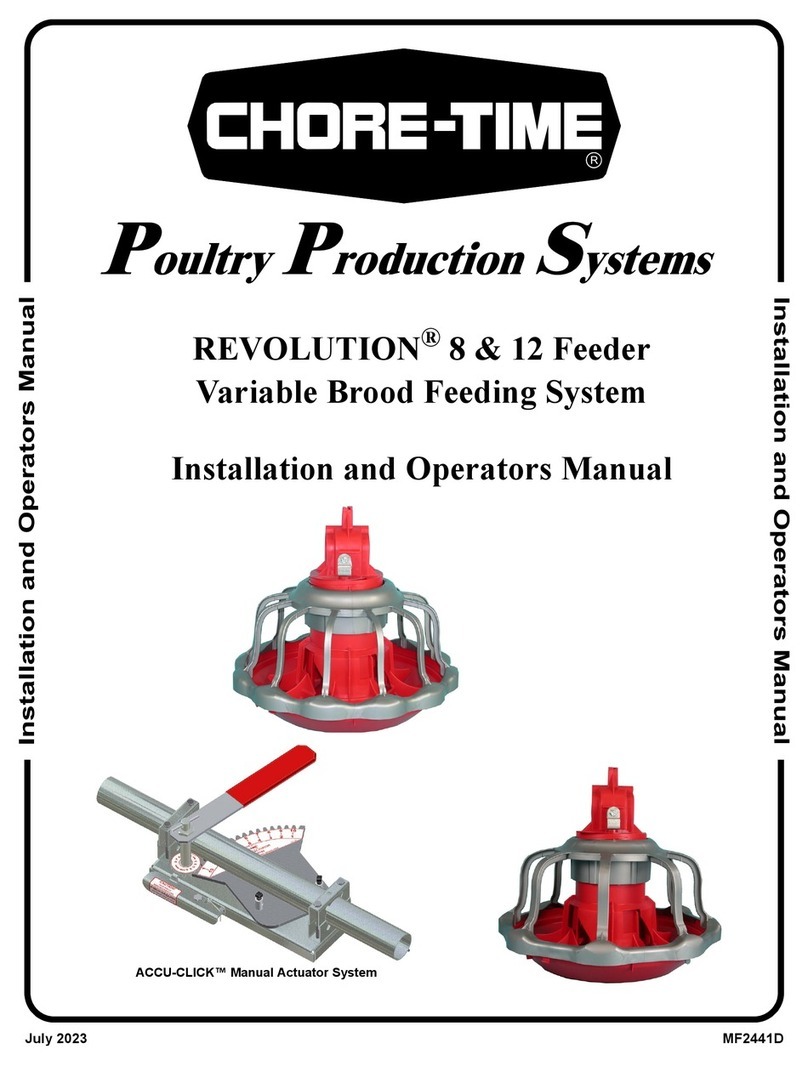
Chore-Time
Chore-Time REVOLUTION 8 Setup guide
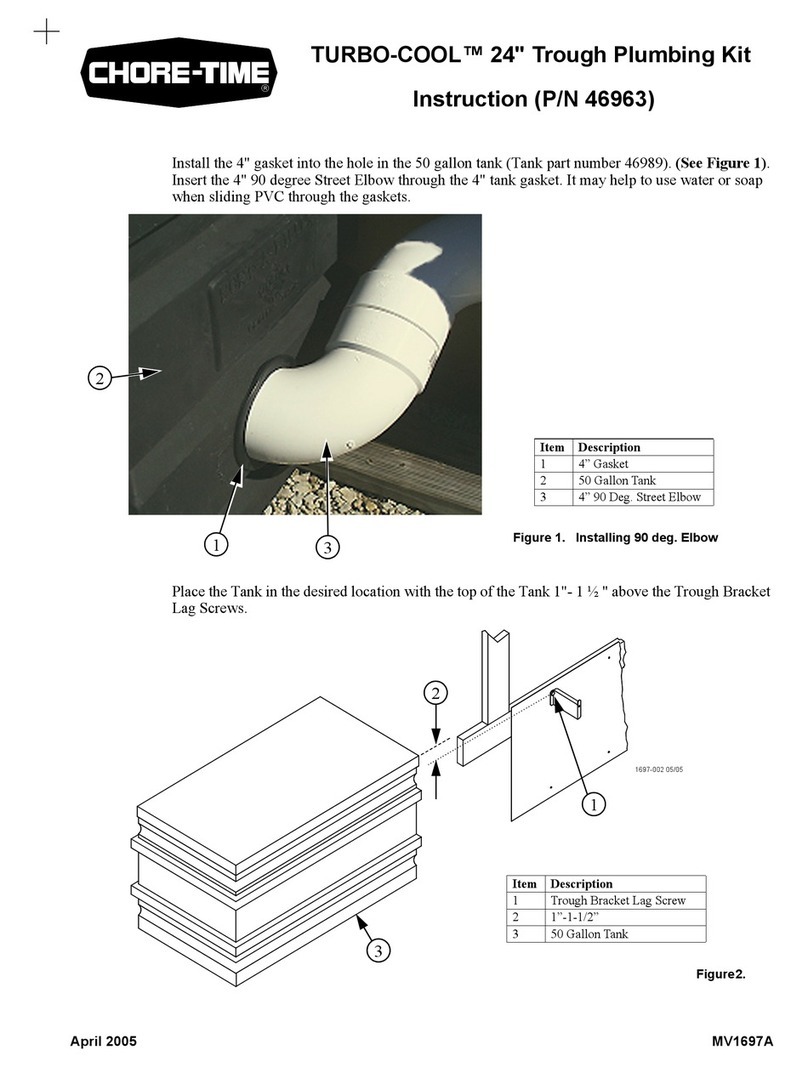
Chore-Time
Chore-Time TURBO-COOL 46963 User manual

Chore-Time
Chore-Time PigTek PT1023 User manual
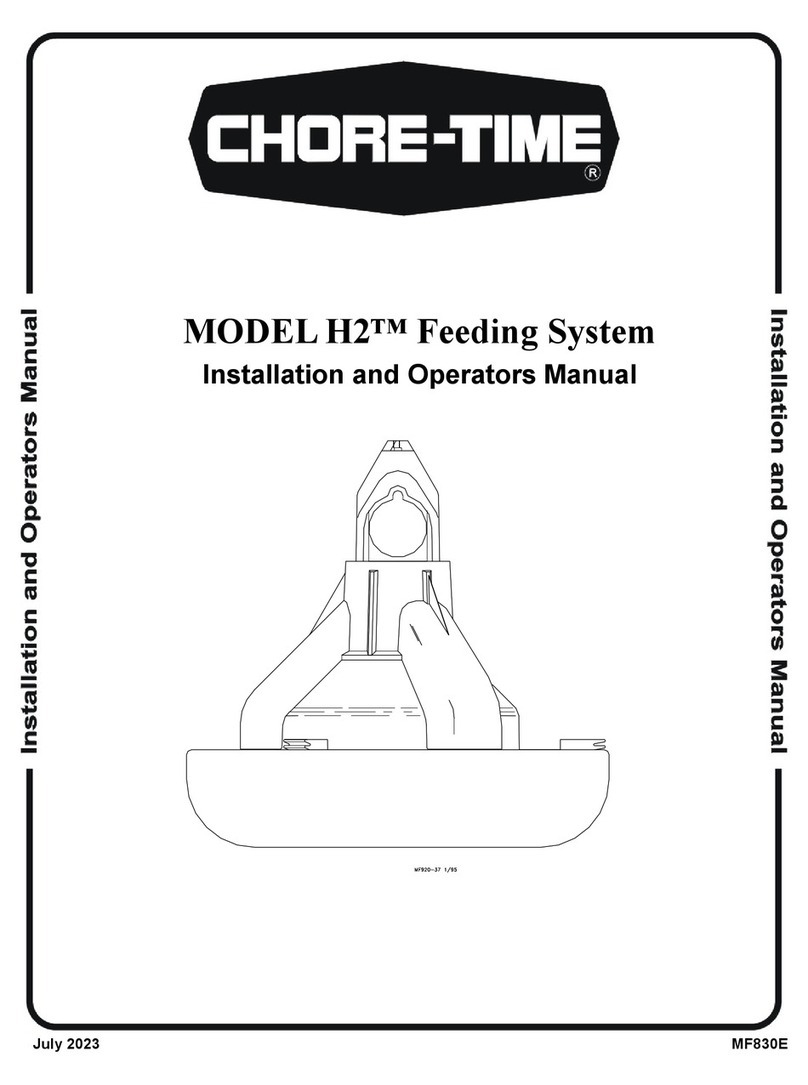
Chore-Time
Chore-Time H2 Setup guide
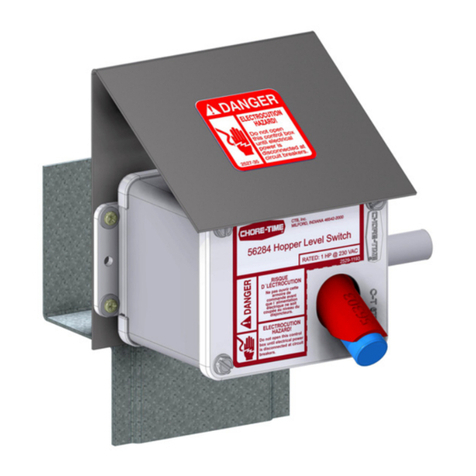
Chore-Time
Chore-Time Hopper 56284 Setup guide

Chore-Time
Chore-Time ULTRAFLO Breeder Feeder Specifications
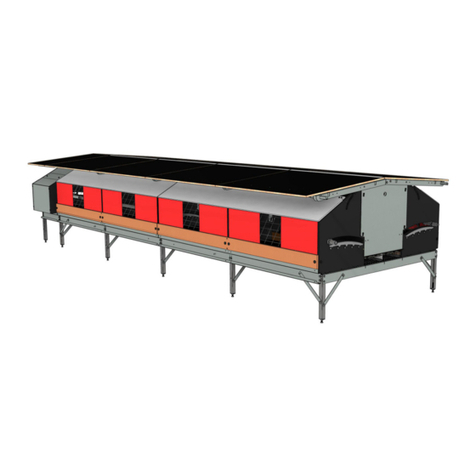
Chore-Time
Chore-Time Valego RDE-58 User manual
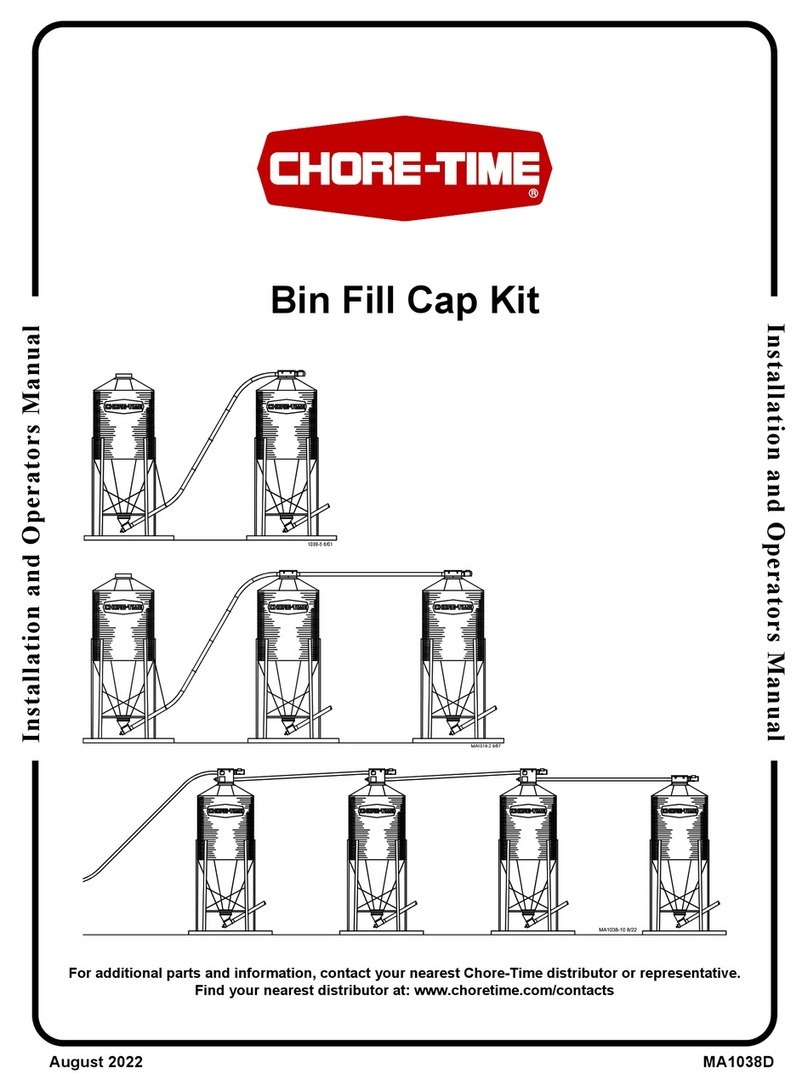
Chore-Time
Chore-Time 108 FLEX-AUGER Setup guide
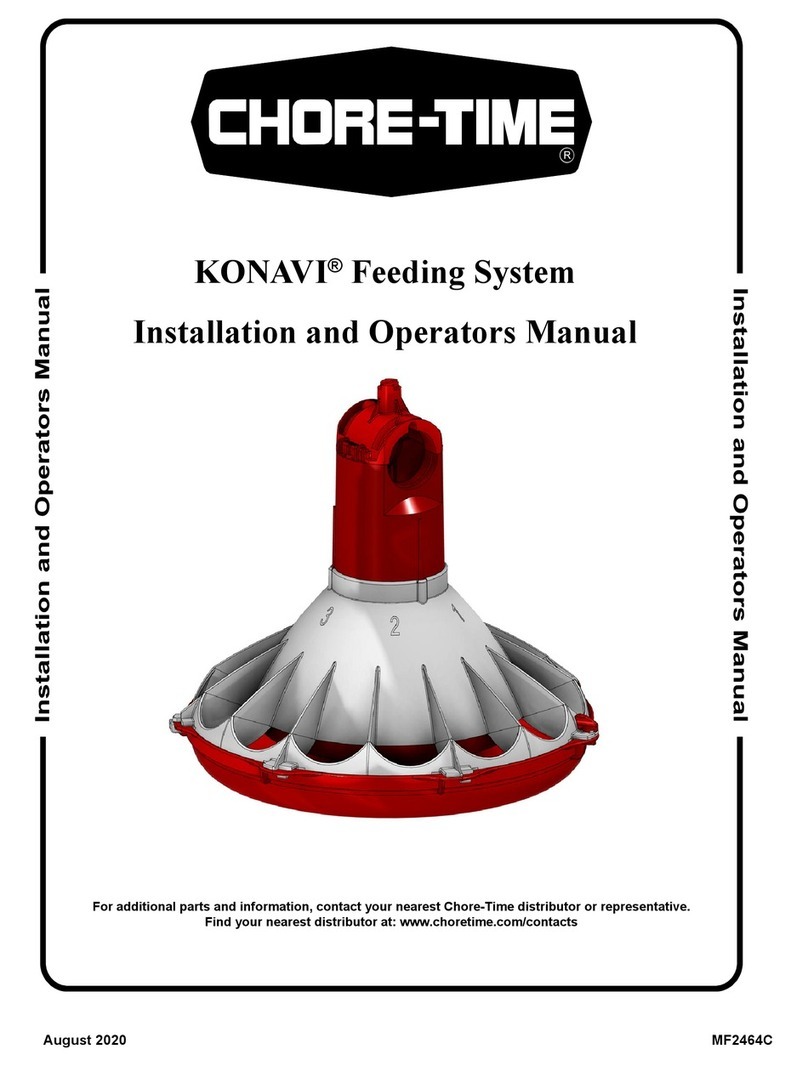
Chore-Time
Chore-Time KONAVI Setup guide
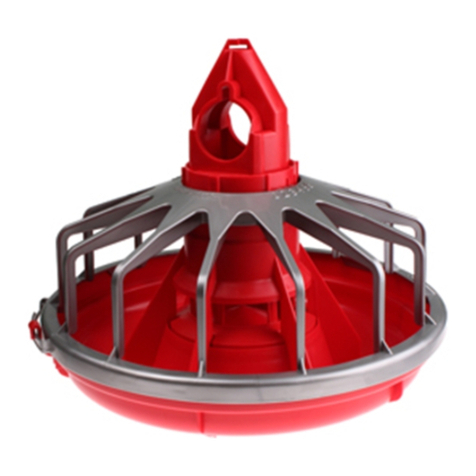
Chore-Time
Chore-Time C2 PLUS Setup guide
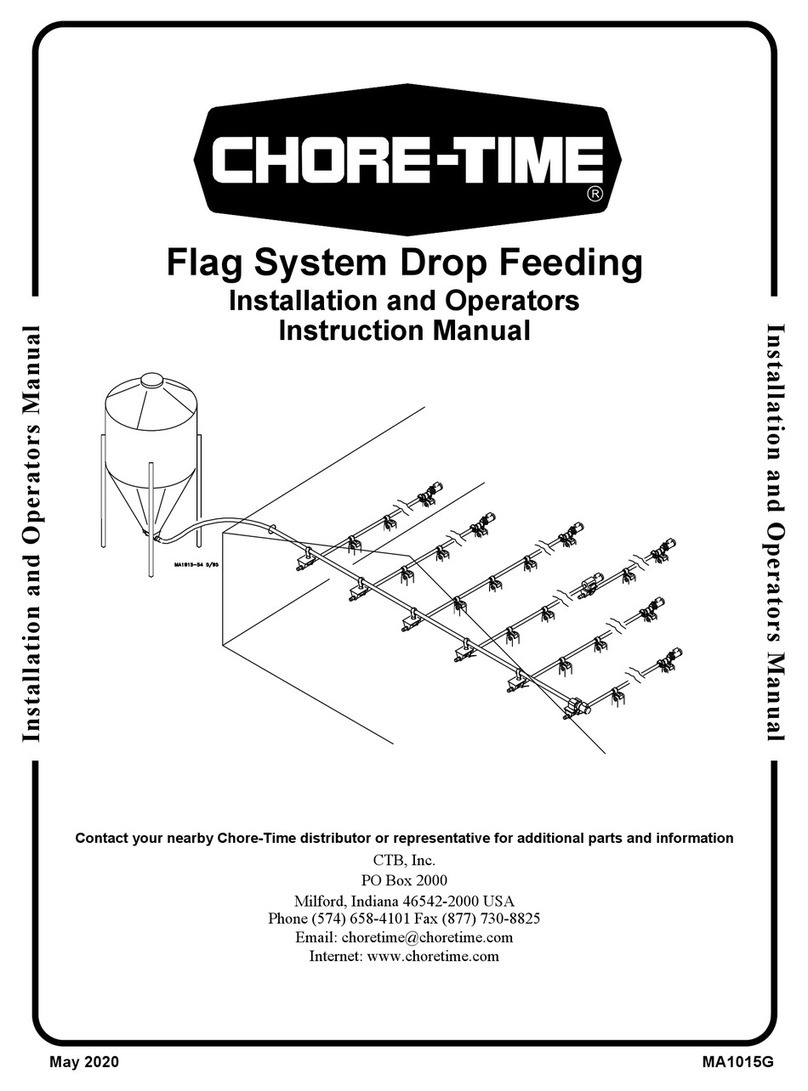
Chore-Time
Chore-Time 75 Specifications
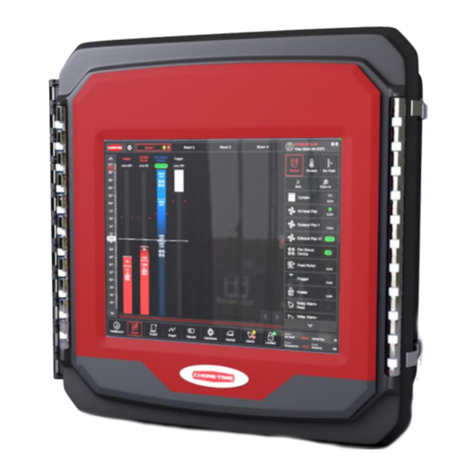
Chore-Time
Chore-Time Control User manual

Chore-Time
Chore-Time Turbo-Cool Specifications

Chore-Time
Chore-Time REVOLUTION 8 Setup guide

Chore-Time
Chore-Time 108 FLEX-AUGER Setup guide
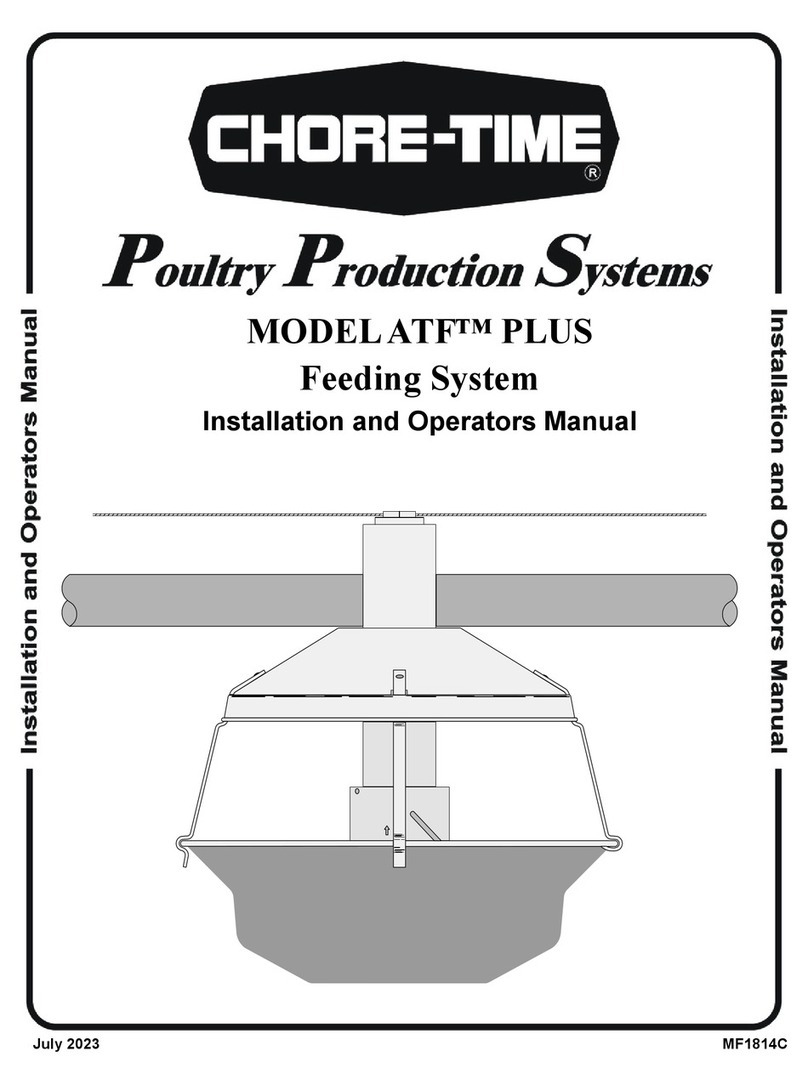
Chore-Time
Chore-Time ATF PLUS Setup guide

Chore-Time
Chore-Time 75 User manual
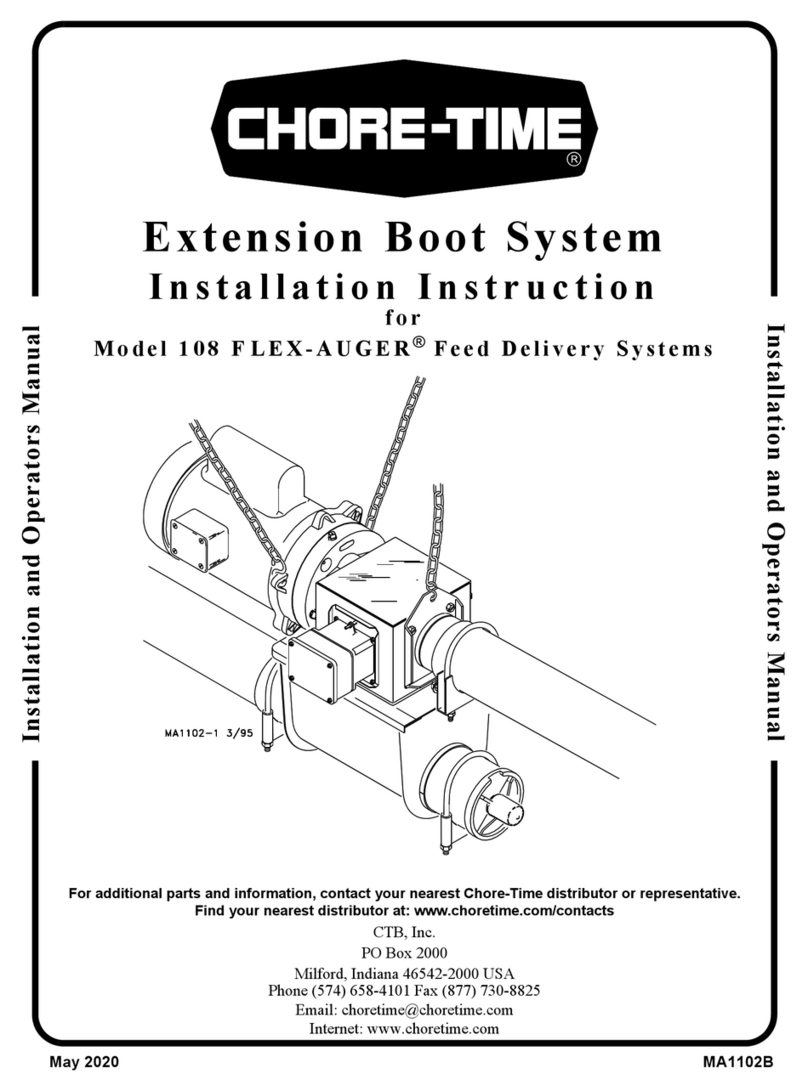
Chore-Time
Chore-Time 108 FLEX-AUGER User manual
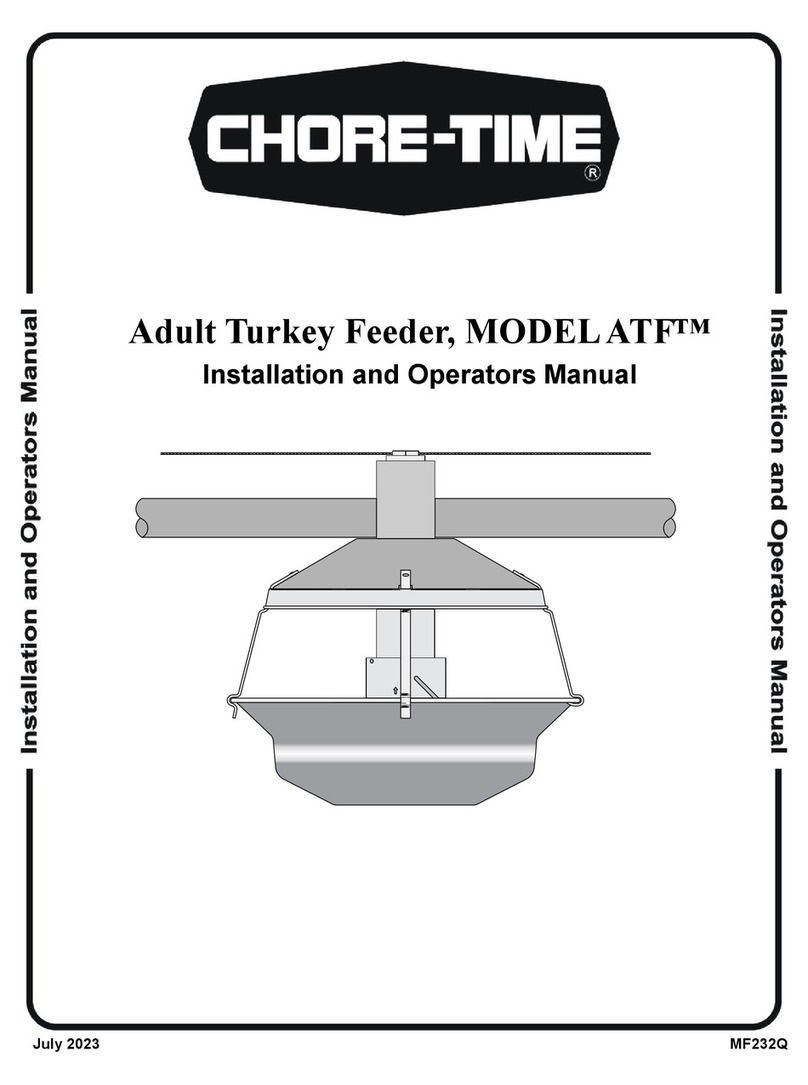
Chore-Time
Chore-Time REVOLUTION Setup guide

Chore-Time
Chore-Time LIBERTY Feeding System Setup guide
Popular Farm Equipment manuals by other brands
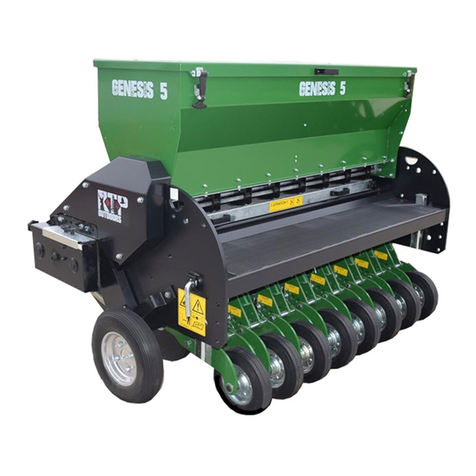
RTP Outdoors
RTP Outdoors Genesis 3 User manual and parts book
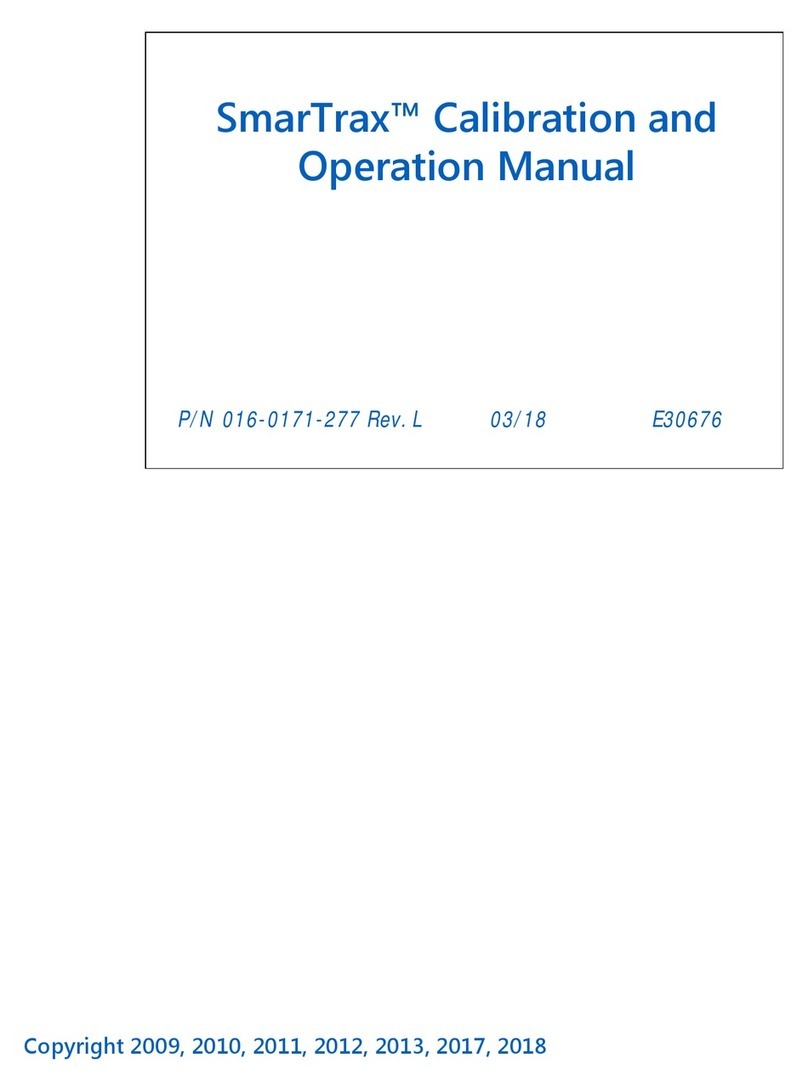
Raven
Raven SmarTrax Calibration and Operation Manual
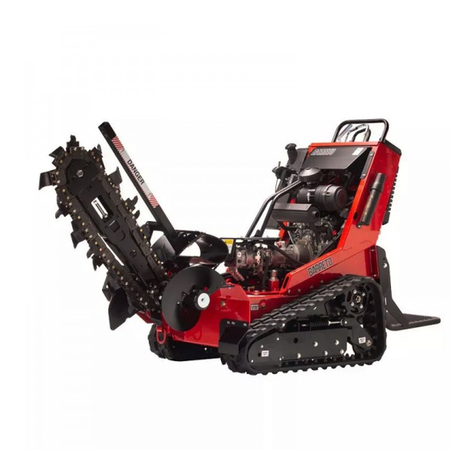
Barreto
Barreto 20RTK Operator's manual
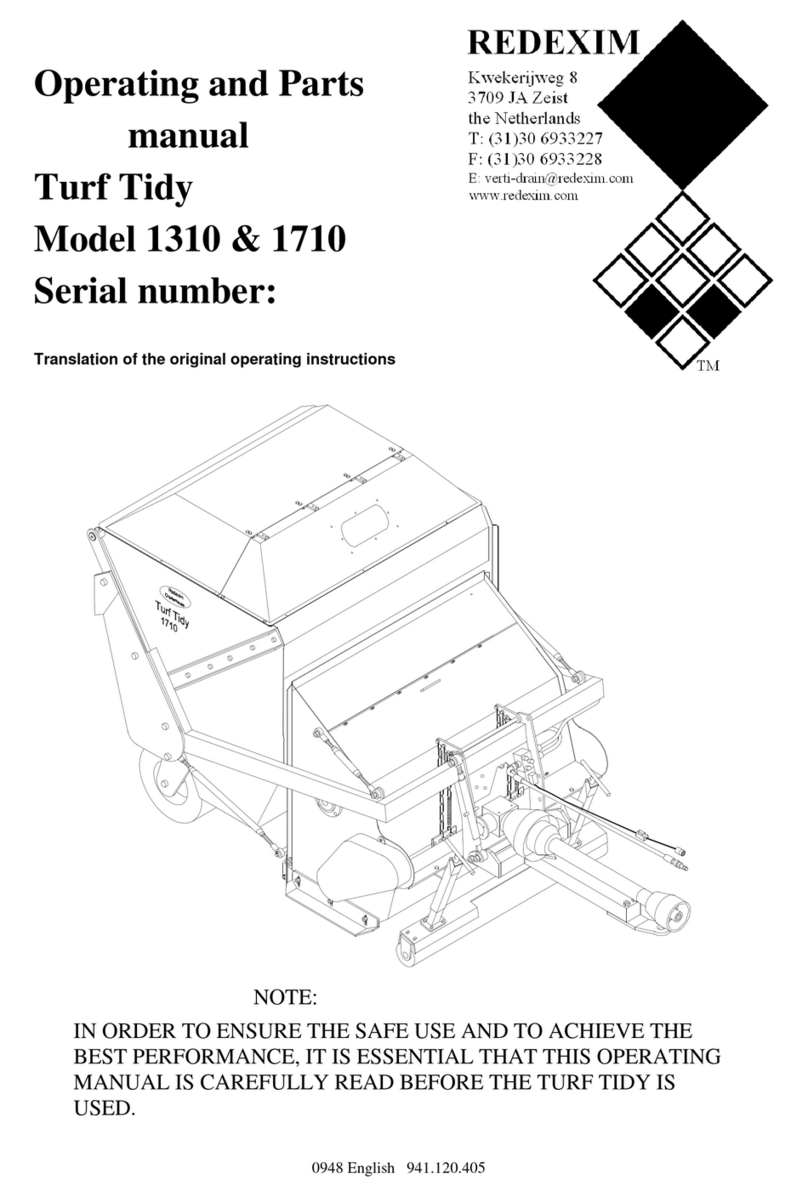
Redexim
Redexim Turf Tidy 1310 Operating and parts manual
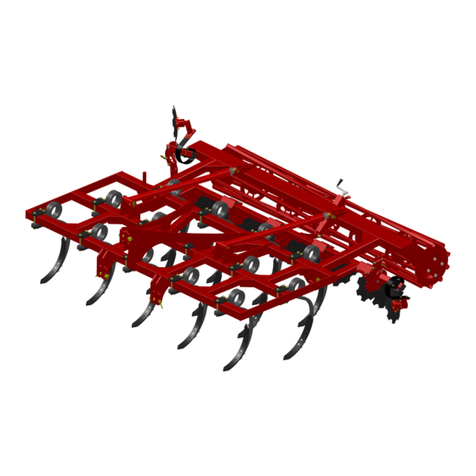
HE-VA
HE-VA Triple-Tiller 4.0m operating instructions
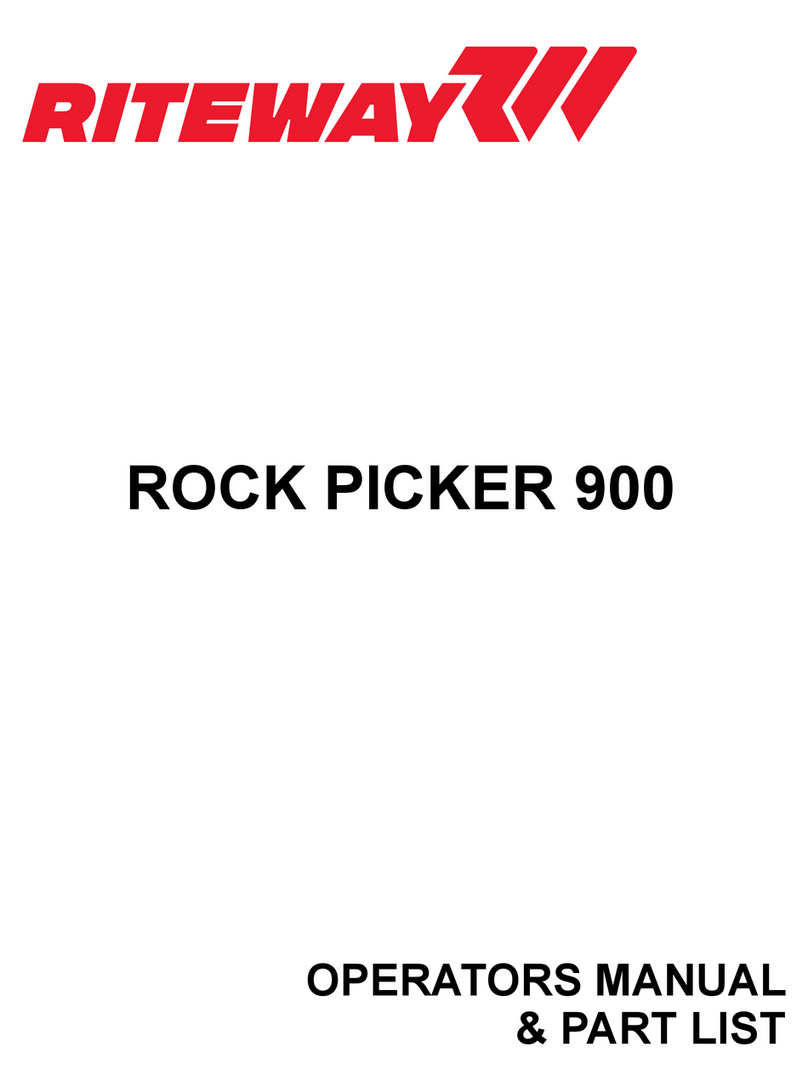
RITEWAY
RITEWAY ROCK PICKER 900 Operator's manual & parts
